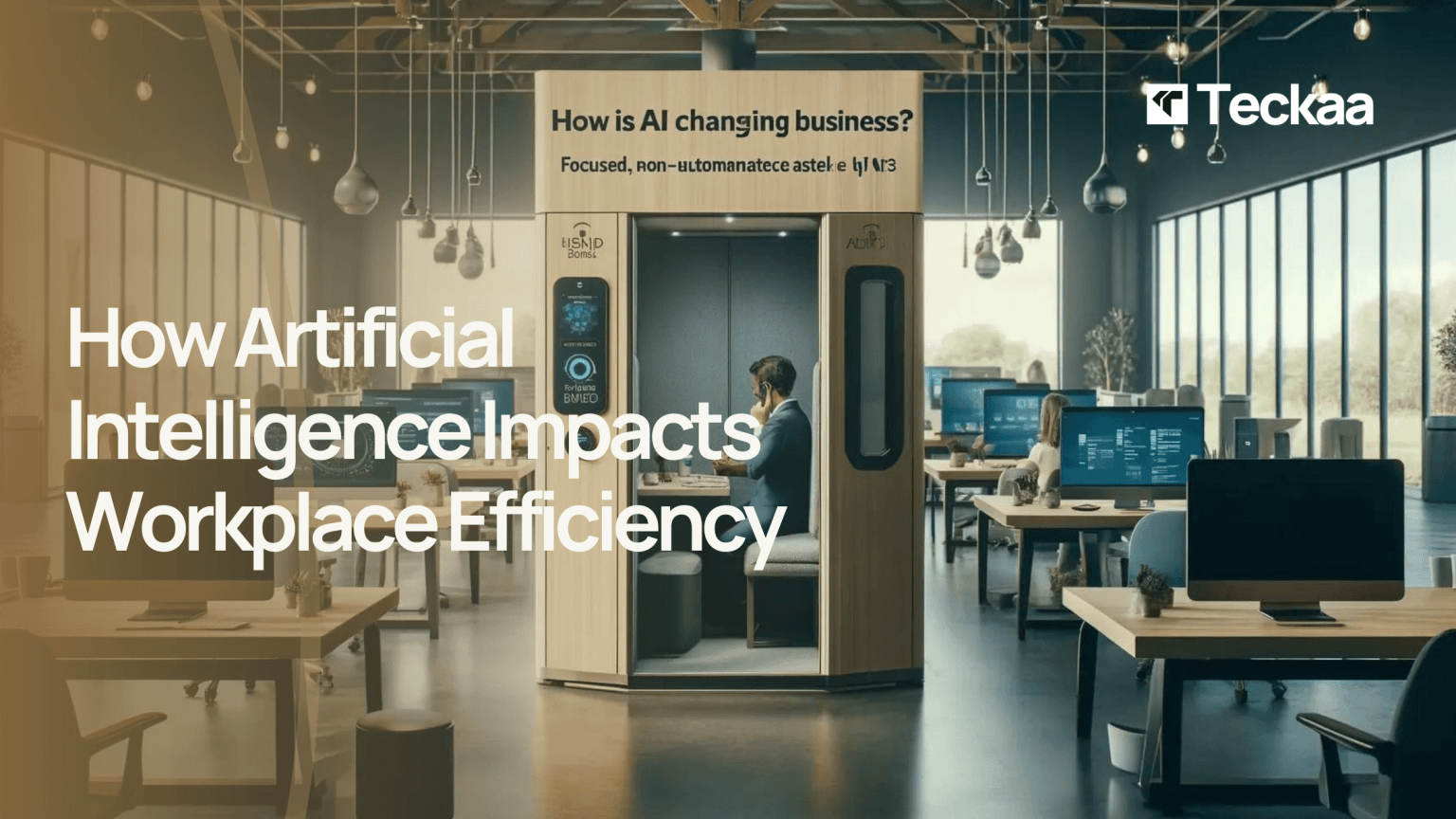Artificial intelligence isn’t just theoretical. It’s also a deeply practical way to manage data, and to relieve the burden of automatic tasks from human workers. Here are three ways that artificial intelligence can help a team achieve efficiency and success in less time, with machines picking up some of the labor.
- Visualization and KPI Tracking: Right now, when decisions have to be made in business, human workers can access a database of information and run various computations to help them determine, say, the best way to optimize shipping, or the right time to launch a product. A lot of this work depends on human beings having the ability to access the right data and ask the right questions. Artificial intelligence will help first by turning vast amounts of data into visualizations that can be easily understood by everyone on a team. After that, artificial intelligence algorithms can monitor key metrics to alert managers when those metrics are being threatened by forces that might slip past even the most savvy business thinker.
- Deeper Insights Into Consumer Behavior:Since the dawn of e-commerce, retail giants have been capturing vast amounts of data about their customers, from what they buy, to when they buy it, to what they look at before they click “purchase.” Before artificial intelligence, the work of generating sales leads was done by individuals and delivered with little sophistication. With this method, over-intervention and customer churn are significant risks. But with the insight developed by artificial intelligence, customer intervention can be delivered at optimal times and customer churn reduced.
- Maximize Human Labor: Perhaps the most impactful effect of artificial intelligence is freeing up labor hours from the tasks of creating reports and making simple decisions. Though this can have frightening implications for a potential loss of jobs, it’s important to remember that for every job lost for someone who used to churn data mindlessly to produce reports, there is a job gained for a data scientist who creates, manages and runs the processes that enable other human workers to focus on higher-level tasks.
Conclusion
Artificial intelligence isn’t just good for workers, it’s good for the bottom line. It helps streamline inventory management and reduces overhead. Artificial intelligence enables true, real-time measurement of the return on investment in marketing strategies, replacing human guesswork. Logistics can be streamlined by fleet management systems, lowering costs to ship and receive goods. Customer service can be offloaded to chatbots (50 percent of consumers prefer to interact this way, anyway1), freeing employees from phone banks and putting them to work on more complex, intensive tasks. The bottom line on artificial intelligence is that it saves money by eliminating the need for workers to monitor simple minutiae.







